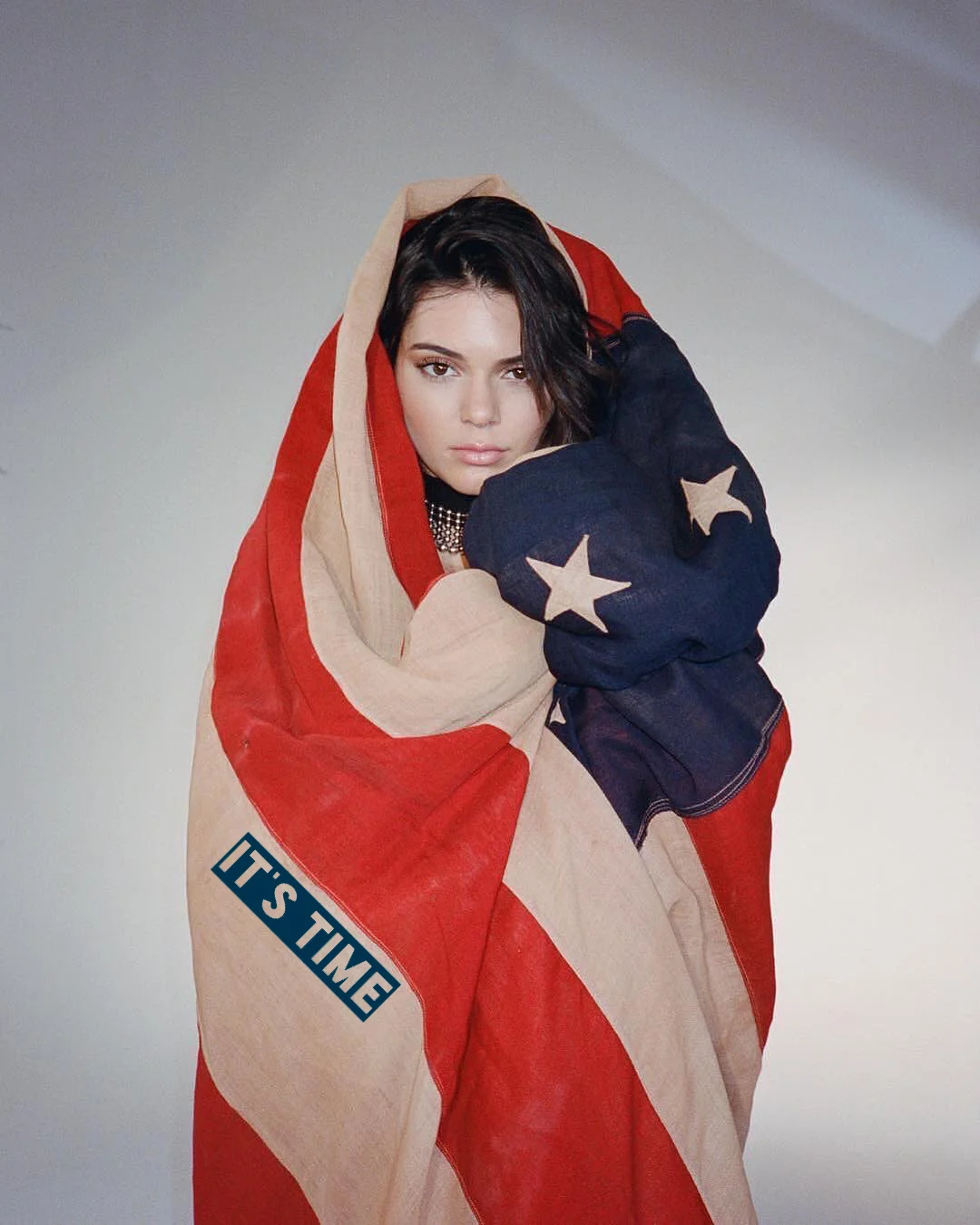As Good As Nude
-SJB
4 min read
In 1484, Sandro Botticelli painted the Birth of Venus. With long, flowing, hair, and slanted almond eyes, Venus is represented as the divine embodiment of perfection. However, a seemingly enormous detail in the painting causes the majority of viewers to look away from Venus’s face, and at her body instead: she is nude.
Glancing back in time, models in classic artwork often shed their layers. Beginning as early as Ancient Greece, women were depicted in the nude, as were men. Nudity was a grand feature to be admired, used to represent gods and divine figures.
Nowadays, The Birth of Venus would be censored on Instagram, a thick, black bar covering Venus’s chest. Terrified to even utter the word “naked,” society’s way of behaving begs the question: when did we become such prudes?
In fashion, the “naked” dress dominates the red carpet like coconut oil in millenials’ shopping carts. Though skin has been “in” for a long time, the entrepreneur of the “naked” dress was none other than the most confident, beautiful woman of the 1960s.
In 1962, Marilyn Monroe proudly sang for President John F. Kennedy’s birthday wearing the famous Jean Louis “naked” gown. Stitched from flesh-toned fabric, the gown was embellished with over 2,500 crystal rhinestones. It featured a dangerously low back and skin-hugging fabric in order to create the “naked” look that no one would ever forget.
Following Monroe’s lead, Carroll Baker’s gown for the premier of her film The Carpetbaggers caused much commotion. Designed by Balmain, the top of the gown was completely sheer, except for a piece of lace strategically placed over Baker’s chest.
Next, Kate Moss’s sheer silver gown, paired with black briefs, (Calvin Klein, we assume) caused a fashion uproar. Jennifer Lopez’s “naked” Versace silk dress stamped Grammys history. Rihanna’s Adam Selman sheer Swarovski gown fostered her reputation as a fashion icon. This year, Alessandra Ambrosio’s risky Oscars dress rendered astonishing results.
According to fashion, it sounds like society’s declaring, “out with the old, in with the nude!” So, considering nudity is quite controversial, when do things start to get ugly?
In 2016, Kim Kardashian combatted her wardrobe problems in the true millennial way: she posted about it on social media. Captioned “When you’re like I have nothing to wear LOL,” the Kardashian posted a nude selfie, adorned with two black censor bars. The post was casual, cheeky, and above all, jaw-dropping. Within seconds, the Instagram post and Tweet made headlines.
Bette Midler, an outspoken Broadway star and actress, was the first to respond. “Kim Kardashian tweeted a nude selfie today. If Kim wants us to see a part of her we've never seen, she's gonna have to swallow the camera,” she shamelessly tweeted.
Chloe Moretz, only nineteen at that time, joined in her rampage, tweeting to Kim: “I truly hope you realize how important setting goals are for young women, teaching them we have so much more to offer than just our bodies."
To say the very least, the Internet did not agree with Midler’s and Moretz’s comments. Responses to their harsh Tweets flooded our Twitter timelines by the dozens. Fiercely accused of disrespect by Twitter and Instagram users, Midler and Moretz eventually backed down and apologized.
Celebrities then showed their support for Kim Kardashian. Ellen Degeneres edited herself into the nude selfie, captioning it “When you’re like my friend has nothing to wear.” Sharon Osbourne followed, posting her own nude selfie, with the caption, “@kimkardashian you inspired me!” Emily Ratajkowski joined Kim in another topless picture uploaded to both of their Instagram accounts.
Whether for Kim or against Kim, this situation reflects the millennial mindset on nudity: some are casually taking off their clothes, while others are stubbornly keeping them on. After hearing applause after the red carpet “naked” dresses, and harsh discipline after Kim Kardashian’s selfie, the responses seem to be contradictory.
It’s about time we ask the “what are we?” question to our relationship with nudity.
This isn’t nudity’s first existential crisis. In 1862, nudity was persistently questioned, due to the creation of Edouard Manet’s infamous painting, “Luncheon on the Grass.” Before that moment, only gods and other divine figures were painted in the nude. Nudity was a matter of respect, and displayed a close relationship with the divine body.
But Edouard Manet had a different idea. Instead of painting a goddess, Manet painted an ordinary, anonymous woman. The controversial part? Next to the woman is what appears to be her clothing--which she has taken off, and therefore sits nude.
Art scholars were shocked. Viewers were horrified. Instead of deeming the woman rightfully “nude,” she was titled “naked.” Without the title of a goddess, the woman in Manet’s painting was just not wearing clothes, and therefore, merely naked.
The distinguishing factor of the “naked” dress, Kim Kardashian's nude selfie, and “Luncheon on the Grass” is simple: the context. Within its context, nudity is treated with respect. However, when placed outside of its context, it is considered risqué.
But where do we draw the censor line? When is nudity acceptable, and when is it not? Most importantly, who gets to decide?
Sorry to say, but: only time will tell. Historically, we have gone from women wearing shorts (!) to women wearing bikinis (!!) to women wearing absolutely nothing (!!!). Each of those revolutions, carefully crafted by bold trendsetters, established new societal norms. The context of nudity is constantly changing, and, honestly, we’re just along for the ride.
Black censor bars can’t stay in style forever.
SHARE:











